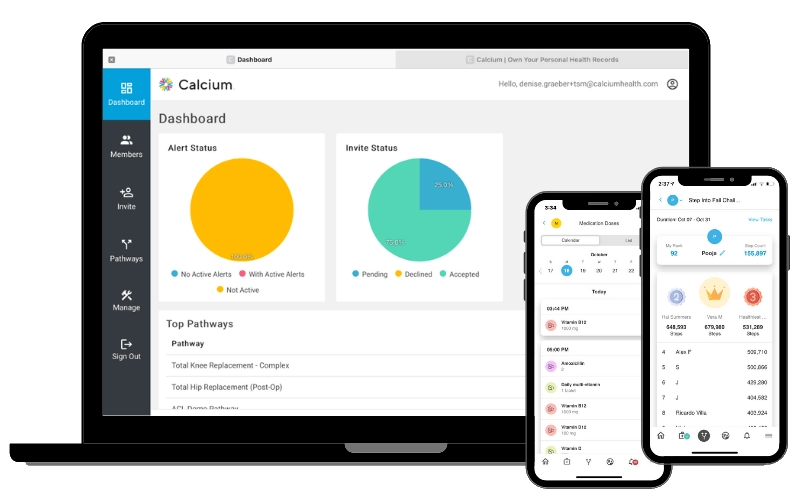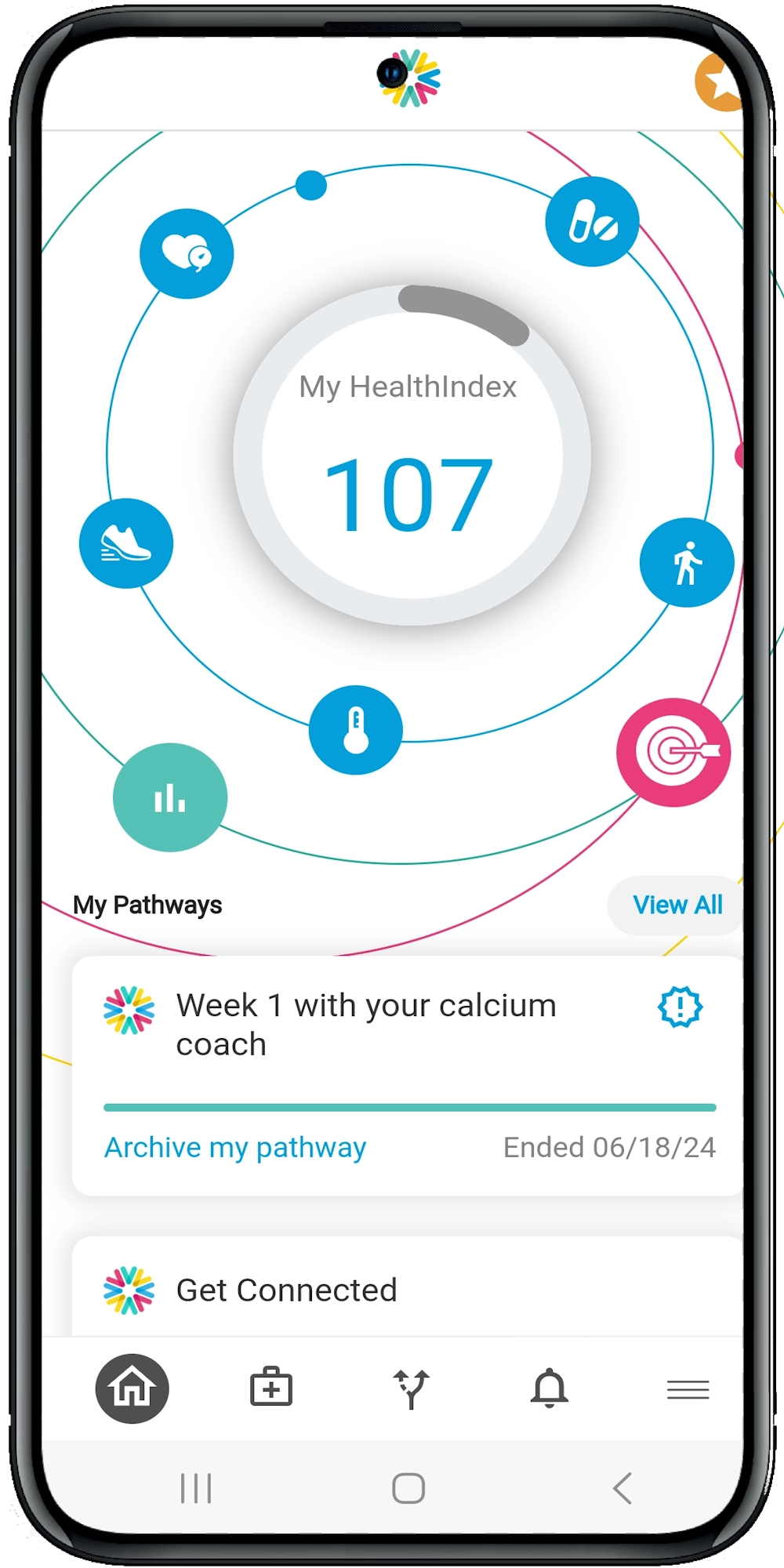The Future of Osteoporosis Care: Digital Health Innovations
Understanding Osteoporosis: The Basics
Before diving into digital health, it’s crucial to grasp the fundamentals of osteoporosis. This condition primarily affects the elderly, especially postmenopausal women, and is characterized by decreased bone density and increased fracture risk. Traditional management includes lifestyle changes, medications, and regular monitoring. However, the integration of digital health tools is transforming these conventional approaches.
Digital Health Tools: A New Era in Osteoporosis Care
1. Telemedicine and Virtual Consultations
Telemedicine has skyrocketed in popularity, especially post-pandemic. For osteoporosis patients, virtual consultations offer:
- Convenience: Patients can consult with specialists without leaving their homes.
- Accessibility: Greater access to experts, regardless of geographic location.
- Continuity of Care: Regular follow-ups and monitoring without the hassle of travel.
Imagine a patient in a rural area who previously had to travel hours for a specialist visit. With telemedicine, they can now receive the same level of care from the comfort of their home.
2. Mobile Health Apps
Mobile health apps are like having a personal health coach in your pocket. These apps provide:
- Medication Reminders: Ensuring patients take their osteoporosis medication on time.
- Exercise Programs: Tailored exercises to strengthen bones and improve balance.
- Dietary Tips: Nutritional advice to enhance bone health.
For instance, an app could remind a patient to take their calcium supplement and suggest a bone-strengthening yoga routine.
3. Wearable Technology
Wearables are not just for fitness enthusiasts. For osteoporosis patients, wearables can:
- Monitor Physical Activity: Track steps, exercise, and sedentary behavior.
- Detect Falls: Immediate alerts to caregivers or emergency services in case of a fall.
- Track Sleep Patterns: Poor sleep can affect bone health, and wearables can help monitor and improve sleep quality.
Think of wearables as a vigilant guardian, always on the lookout to ensure the patient’s well-being.
Enhancing Patient Engagement and Adherence
1. Gamification
Turning health management into a game can motivate patients. For example:
- Point Systems: Patients earn points for taking medications, exercising, and attending virtual consultations.
- Rewards: Points can be redeemed for health-related rewards or discounts.
Gamification transforms mundane tasks into engaging activities, making patients more likely to stick to their routines.
2. Educational Platforms
Knowledge is power. Digital platforms can offer:
- Webinars and Online Courses: Educating patients about osteoporosis management.
- Interactive Content: Quizzes, videos, and articles to enhance understanding.
Consider these platforms as virtual classrooms where patients can continuously learn and stay informed about their condition.
Data-Driven Decision Making
1. Electronic Health Records (EHRs)
EHRs provide a comprehensive view of a patient’s medical history, facilitating:
- Personalized Treatment Plans: Tailoring interventions based on individual patient data.
- Improved Communication: Seamless sharing of information among healthcare providers.
EHRs act as a central hub, ensuring everyone involved in the patient’s care is on the same page.
2. Predictive Analytics
By analyzing data trends, predictive analytics can:
- Identify At-Risk Patients: Early identification of patients at high risk of fractures.
- Optimize Resource Allocation: Directing resources to where they are needed most.
Predictive analytics is like having a crystal ball, allowing us to foresee and mitigate potential issues before they arise.
Overcoming Barriers to Digital Health Adoption
1. Technological Literacy
Not all patients, especially the elderly, are tech-savvy. Solutions include:
- User-Friendly Interfaces: Simplified designs that are easy to navigate.
- Training and Support: Offering tutorials and helplines to assist patients.
Think of this as providing a user manual and a customer service hotline for digital health tools.
2. Data Privacy and Security
Ensuring patient data is secure is paramount. Measures include:
- Encryption: Protecting data from unauthorized access.
- Compliance with Regulations: Adhering to HIPAA and other relevant laws.
Data security is akin to having a high-tech lock on a vault, ensuring patient information remains confidential.
The Road Ahead: Embracing Digital Health
The future of osteoporosis care lies in embracing digital health innovations. These tools not only enhance patient care but also empower patients to take an active role in managing their health. As healthcare professionals, it’s our responsibility to stay abreast of these advancements and integrate them into our practice.
Are you ready to revolutionize your osteoporosis care approach? Explore our other resources on digital health innovations or schedule a demo to discover how our platform can elevate your practice to new heights. The future of osteoporosis care is digital—let’s embrace it together.





